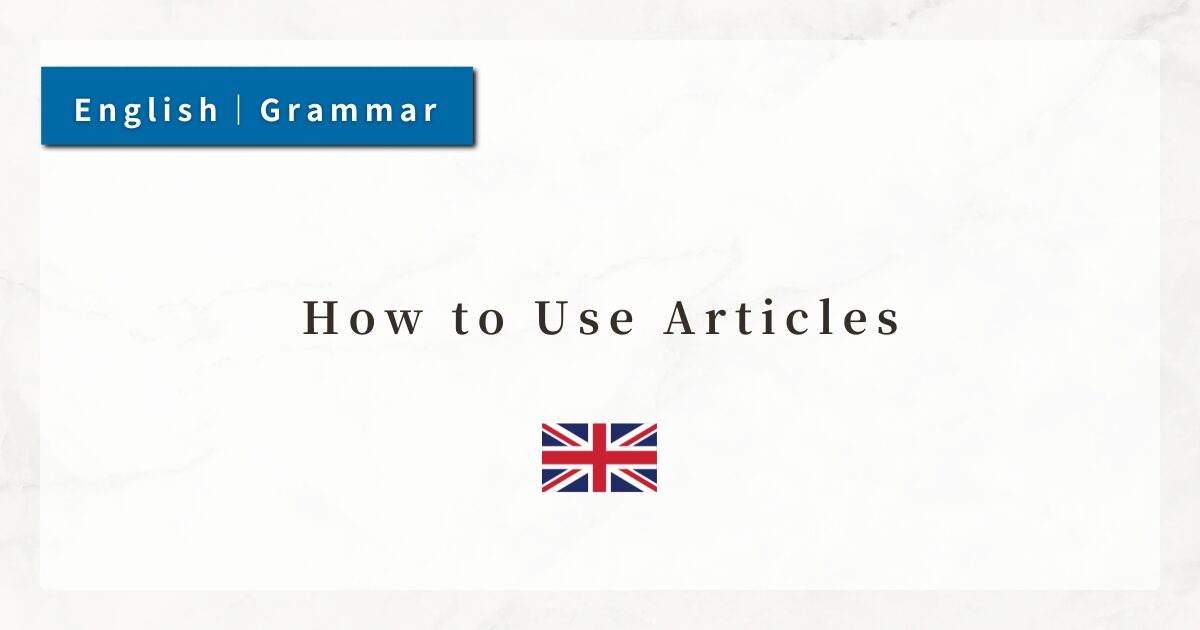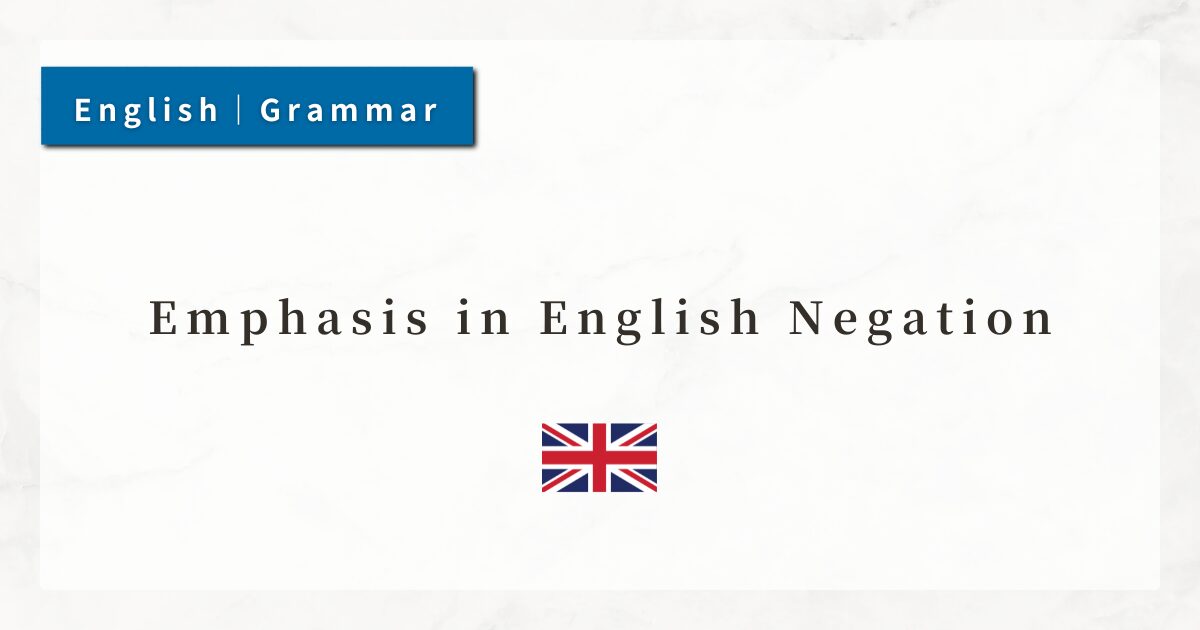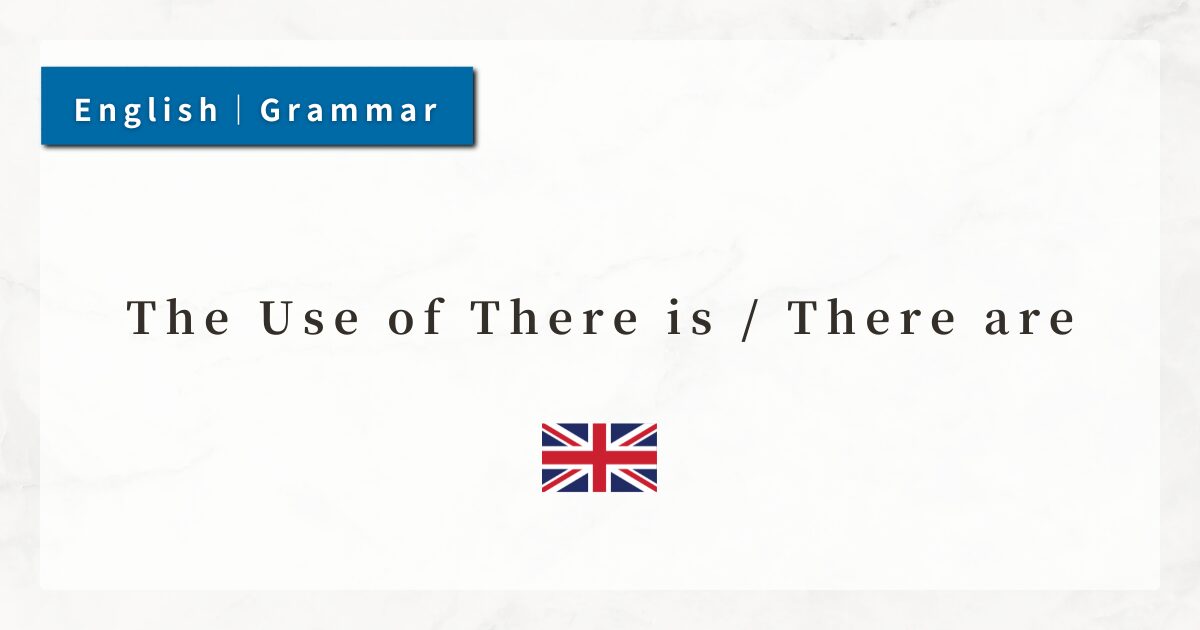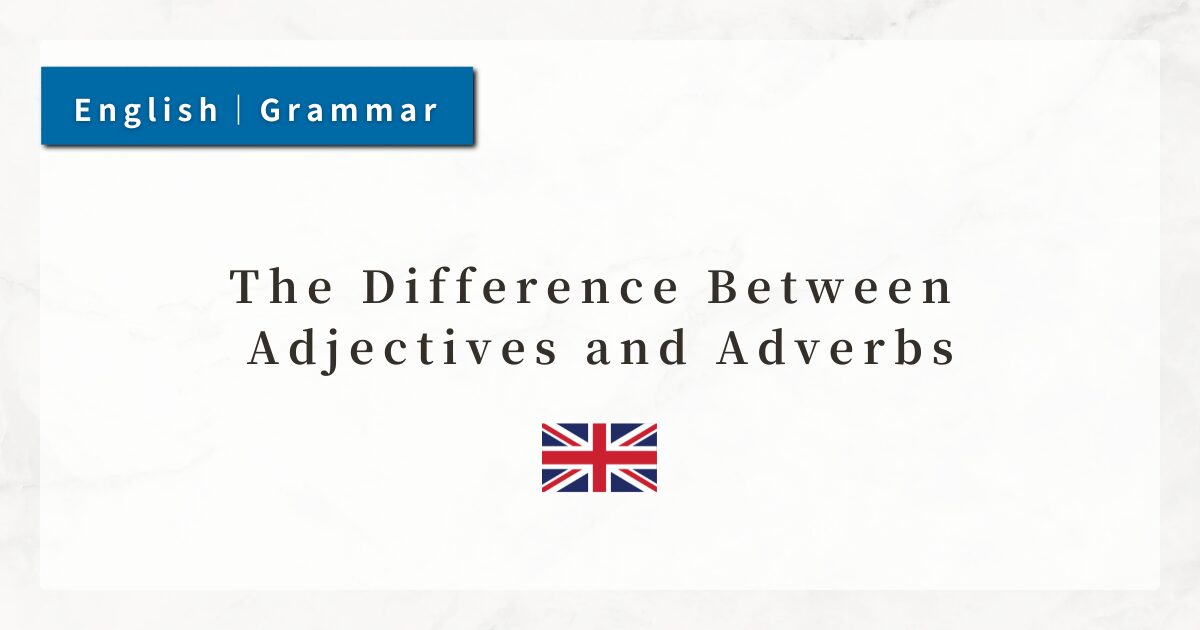#8 How to Use Articles|The Difference Between the Indefinite Articles a / an and the Definite Article “the”

In English, it is standard to place words like a, an, or the before nouns. These are called articles, and they indicate “what kind of thing the noun refers to” and “whether the speaker and listener can identify it as specific.”
By developing an intuition for when and why to use a, and how the meaning changes with the, you will be able to produce more natural and accurate English expressions.
In this lesson, I will explain the basic rules for using articles correctly so that you can master noun expressions in English.
1. Types of Articles and Basic Rules
1-1. Three Types of Articles
English articles are broadly divided into the following three categories:
| Type | Form | Usage |
|---|---|---|
| Indefinite Article | a / an | “a / one” → used when mentioning something for the first time or when the item is non-specific. |
| Definite Article | the | “the / that” → used when referring to something already known or identifiable from context. |
| Zero Article | — | used with uncountable nouns or plural nouns to express things in general. |
1-2. The Difference Between “a ” and “an ”
- a: Used when the following word begins with a consonant sound.
(e.g., a book, a dog) - an: Used when the following word begins with a vowel sound.
(e.g., an apple, an umbrella)
Important: It’s About the Sound, Not the Spelling.
When choosing an, the basis is whether the next word begins with a vowel sound, not simply with a vowel letter.
2. How to Use the Indefinite Articles “a / an ”
The articles an and an are used when referring to “one of something” or “something mentioned for the first time.” They add the meaning of “one” or “a certain.”
- I saw a bird.
→ the bird is not yet identified. - She bought an umbrella.
→ this umbrella is mentioned for the first time.
They are also commonly used before nouns indicating occupations:
- He is a teacher.
- She wants to be an artist.
3. How to Use the Definite Article “the”
The article the is used when the speaker and listener both know what specific item is being referred to.
- I saw a dog. The dog was barking.
→ First: a dog (unspecified), then the dog (now identified). - Can you pass me the salt?
→ The salt on the table is assumed as common knowledge.
Using the emphasizes shared understanding and specificity.
4. When No Article Is Used (Zero Article)
There are cases where no article is used, and the noun is placed as is.
4-1. Uncountable Nouns (Substances / Abstract Nouns)
Uncountable nouns refer to substances or concepts that cannot be counted. Examples include water, music, air, advice.
- I need water.
- He gave me advice.
4-2. Plural Nouns Expressing General Ideas
Plural nouns that refer to a whole category or things in general also take no article.
- Dogs are friendly.
→ dogs as a species in general. - Books can change your life.
→ books in general.
If you want to specify particular dogs or books, use the dogs / the books.
4-3. Fixed Expressions (Days, Languages, Sports, Meals, etc.)
Certain groups of nouns are customarily used without articles:
- Days of the week: on Monday
- Languages: I study English.
- Sports: I play soccer.
- Meals: I have lunch.
5. Summary
- Indefinite articles (a / an)
→ used with non-specific items or when mentioning something for the first time. - Definite article (the)
→ used with items already mentioned or identifiable from context. - Zero article (no article)
→ used with uncountable nouns, plural nouns, and general concepts. - Key decision point
→ Can the listener identify the noun as specific? - Choose a or an based on the sound (vowel or consonant), not the spelling.




